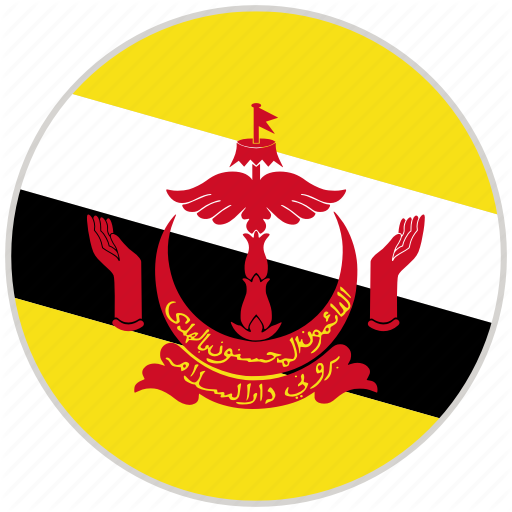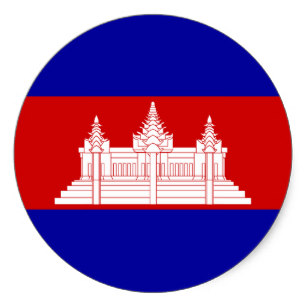Policy Recommendations
Introduction
1. The Network of East Asia Think Tanks (NEAT) held its 15th Country Coordinators Meeting (CCM) and the 9th Annual Conference (AC) on August 11-12, 2011 in Da Nang City, Vietnam. Attending these two events are representatives of think-tanks from the ASEAN Plus Three countries.
2. The NEAT reaffirms that the goal of community building in East Asia should be to promote welfare and well-being of the people and realize the East Asian Vision of Peace, Prosperity and Progress. Community building should be based on universal values, including good governance, the rule of law, democracy, human rights, and international law and norms. East Asia countries should promote these values as common goals.
Recommendations
3. NEAT respectfully submits recommendations in the following three areas for the consideration of the ASEAN Plus Three Summit (APT):
-
Disaster Management
-
Enhancement of Cultural Exchange
-
Trade and Investment Facilitation and Connectivity
A.Disaster Management
4. As disasters have become one of the most serious threats affecting the ASEAN+3 countries, disaster management has become a key component of regional cooperation and East Asian community building. To achieve the most effective disaster management, each country should make commitments and promote institutionalization for disaster management at a multi-disciplinary basis. There is a need for more integrated and comprehensive approaches on disaster management at regional level.
5. The following are key recommendations to promote disaster management and cooperation on disaster management in East Asia:
i. Integrate and institutionalize cooperation frameworks, mechanisms and efforts. Improve and strengthen existing schemes on climate change and
disaster management and initiatives for regional cooperation such as ASEAN Agreement on Disaster Management and Emergency Response (AADMER)
and bilateral international cooperation.
disaster management and initiatives for regional cooperation such as ASEAN Agreement on Disaster Management and Emergency Response (AADMER)
and bilateral international cooperation.
ii. Institutionalize coherent participation of multiple actors and explore possibilities for more integrated and comprehensive approaches to disaster management at regional level. Regional cooperation on disaster management/prevention should be closely linked with cooperation in other areas such as economy, technology, resource management, and environmental protection.
iii. Build up resilient communities against disasters by adopting community- based disaster management (CBDM). Implement a regional pilot project to build the capacity of local governments and communities in several pilot cities in the region through developing disaster scenarios and action plans through community-based disaster activities.
iv. Establish an APT expert group on disaster management. Promote joint research, training, emergency response exercises, technology transfer, and financial and technical assistance on disaster management.
v. Increase capacity for catastrophe-relief and management. An APT Catastrophe Research Centre can be set up.
vi. Set up APT emergency stockpiles of disaster relief items.
vii. Promote information sharing on disasters including early warning, the national usage of shared resources among neighborhood countries, disaster situation, need for help, etc.
viii. Strengthen and extend cooperation and coordination in search and rescue, disaster relief, and post-disaster reconstruction at regional level. Particularly, strengthen capacity for coordination between international assistance and domestic response activities in disaster-stricken areas.
B. Enhancement of Cultural Exchange
6. East Asia consists of diverse nations, thus, it is composed of a variety of different cultures and traditions. Cultural exchange is therefore crucial to an enhancement of mutual understanding, solidarity and prosperity of the region. “People-to-people exchange” can be an excellent means of promoting “regional identity and connectivity among East Asian people”.
7. The following are key recommendations to promote “people-to-people exchange” in East Asia:
Implement specific program, namely:
-
East Asia Culture and Knowledge Expo (EACKE). This program is to function as a regional collective hub for people-to-people exchange in the fields of culture, education and tourism by combining fairs and seminars on people-to people exchange in the following fields:
-
Culture Fair (e.g., cultural concerts and exhibitions);
-
Education Fair (e.g., cyber-lecture program, East Asian internship, student and faculty exchange);
-
Tourism Fair (e.g., public and private travel agencies);
-
Conferences and Seminars
C. Trade and Investment Facilitation (TIF) and Connectivity
8. Trade and investment facilitation (TIF) is the simplification, rationalization and harmonization of procedures and information flows associated with international trade and foreign direct investment. TIF often generates more trade and investment than trade and investment liberalization. Connectivity through hard and soft infrastructure is one of the effective ways of facilitating trade and investment in the region. The core objective of TIF and connectivity cooperation is to achieve the seamless movement of goods, services, investment, and labor in the most dynamic economic zone in the world, realize inclusive and sustainable growth, and bring common prosperity to all people in East Asia.
9. Key recommendations for TIF and connectivity are as follows:
i. Formulate an ASEAN+3 technical framework to simplify and rationalize TIF- related information flows, procedures, standards and practices; promote mutual recognition arrangements (MRAs) concerning qualifications, certification and accreditation; harmonize rules of origins (ROOs) and other regulations; enhance information and regulatory transparency; and step up capacity building.
ii. Improve cross-border transits on the simplification of customs procedures, adoption of common quarantine procedures (such as WTO’s sanitary and phytosanitary agreement) and enhancement of logistics services.
iii. Improve the overall investment climate by strengthening transparency of members’ investment rules (such as sharing their catalogues for investment guidance and lists of investment restrictions), and rationalizing investment approval procedures and requirements.
iv. Relax the restrictions on the entry and exit of businessmen by implementing mutual recognition of qualifications of skilled labor.
v. Speed up the process of forging an East Asia Free Trade Agreement to allow the expansion of trade and investment within the region.
vi. Focus on infrastructure connectivity in transport, information, communication and technology (ICT), and promote trade to support expanding regional supply chains and upgrade industrial division of labor in East Asia.
vii. Set up an “East Asia Cooperation Fund for Infrastructure Connectivity” to expand financing channels for regional infrastructure investment, including the mobilization of sovereign wealth funds in the region.
viii. Create a master plan for TIF and connectivity cooperation as an international agreement to coordinate the strategic planning of TIF and connectivity in the region, and establish a task force for TIF and connectivity cooperation to monitor and speed up the implementation of international agreements at national and regional levels.
Da Nang City, Vietnam
August 12, 2011











.png)



.png)




